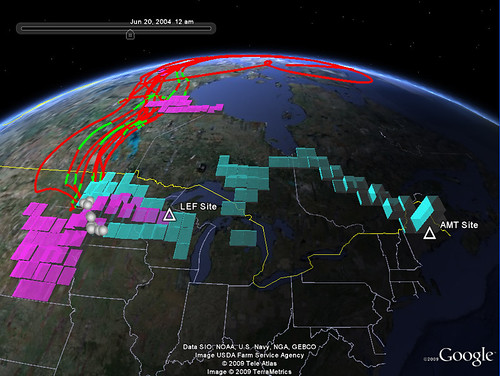Free Shipping Over $95

Computer Engineers: Transforming Reforestation with Technology Solutions
Reforestation plays a critical role in combating climate change and preserving our planet’s biodiversity. As the need for reforestation efforts continues to grow, computer engineers are stepping up to the challenge, leveraging their technological expertise to revolutionize the way we restore our forests. Through innovative solutions like aerial mapping, data analytics, and automated planting systems, computer engineers are making significant strides in transforming reforestation. In this article, we will explore how computer engineers are using technology to drive reforestation efforts and make a positive impact on our environment.

Aerial Mapping for Precision Planning:
Computer engineers are harnessing the power of aerial mapping technologies, such as drones and satellites, to gain accurate and detailed information about forests. These tools provide high-resolution images and data that help identify areas in need of reforestation, assess forest health, and plan restoration projects more effectively. With the help of computer vision algorithms and machine learning techniques, computer engineers can analyze this data to derive valuable insights and create precise reforestation plans. Aerial mapping enables the identification of optimal planting locations and the selection of tree species that are best suited for specific ecological conditions..
Data Analytics for Efficient Resource Allocation:
Reforestation projects require careful resource allocation to ensure maximum impact. Computer engineers are utilizing data analytics to optimize the allocation of resources such as seedlings, manpower, and equipment. By analyzing historical reforestation data, computer engineers can identify patterns and trends that help in predicting the success of different tree species in specific regions. This data-driven approach allows for more efficient resource distribution, minimizing waste and maximizing the chances of successful reforestation. Data analytics also enables continuous monitoring and evaluation of reforestation projects, facilitating adaptive management strategies for long-term success.

Automated Planting Systems for Scale and Efficiency:
Planting trees manually can be a time-consuming and labor-intensive process. Computer engineers are developing automated planting systems to overcome these challenges and scale up reforestation efforts. These systems utilize robotics, artificial intelligence, and machine learning algorithms to plant trees quickly and efficiently. By automating the planting process, computer engineers can significantly increase the number of trees planted per day, reducing the overall time and cost required for reforestation projects. Automated planting systems also ensure consistent tree spacing and planting depth, optimizing tree growth and survival rates.
Monitoring and Management through IoT:
The Internet of Things (IoT) is being harnessed by computer engineers to monitor and manage reforestation projects more effectively. By deploying sensor networks throughout reforestation sites, engineers can collect real-time data on environmental conditions such as temperature, humidity, soil moisture, and light levels. This data helps in assessing the health and growth of planted trees and identifying potential issues at an early stage. IoT-based monitoring systems provide valuable insights into the effectiveness of reforestation strategies, allowing for timely adjustments and improvements.

How accurate is aerial mapping technology for reforestation projects?
Aerial mapping technology, such as drones and satellites, provides highly accurate and detailed information about forests. The resolution and quality of images have significantly improved, allowing computer engineers to identify planting locations, assess forest health, and plan reforestation projects with precision.
Can automated planting systems replace manual labor entirely?
While automated planting systems offer significant advantages in terms of speed and efficiency, they are not meant to replace manual labor entirely. These systems are designed to supplement and enhance manual planting efforts, enabling larger-scale reforestation projects that would otherwise be challenging to achieve manually.
How does data analytics help in reforestation efforts?
Data analytics helps in optimizing resource allocation for reforestation projects. By analyzing historical data, computer engineers can identify patterns and trends that inform decision-making about tree species selection, planting strategies, and resource distribution. Data analytics also facilitates continuous monitoring and evaluation of reforestation projects for adaptive management.


